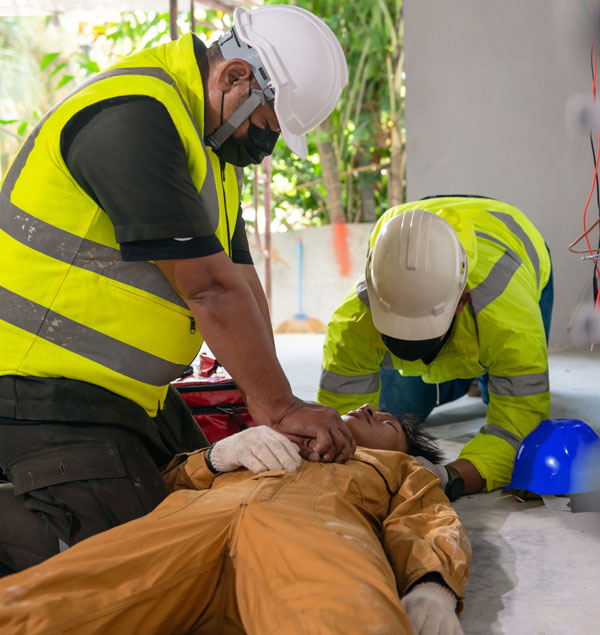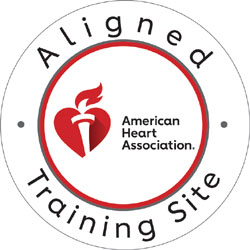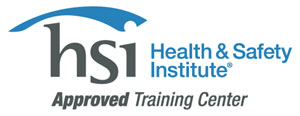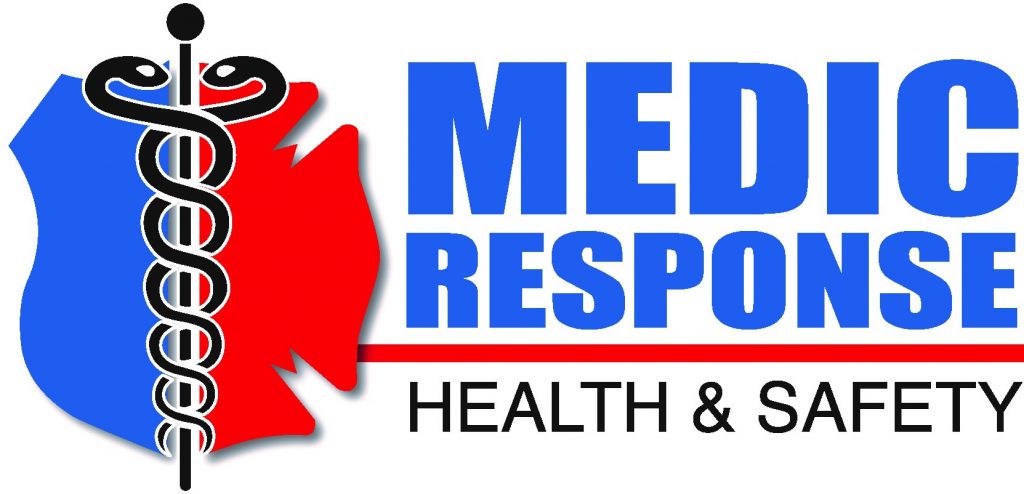CPR Certification for Construction Contractors
Did you know that Construction Contractors should have Heartsaver CPR AED FIRST AID Certification?
OSHA’s standard for first aid training in general industry, 29 CFR 1910.151(b)
In the absence of an infirmary, clinic, or hospital in near proximity to the workplace which is used for the treatment of all injured employees, a person or persons shall be adequately trained to render first aid. Adequate first aid supplies shall be readily available.
In the construction industry, 29 CFR 1926.50(c) provides:
In the absence of an infirmary clinic, hospital, or physician, that is reasonably accessible in terms of time and distance to the worksite, which is available for the treatment of injured employees, a person who has a valid certificate in first-aid training from the U.S. Bureau of Mines, the American Red Cross, or equivalent training that can be verified by documentary evidence, shall be available at the worksite to render first aid.
The primary requirement addressed by these standards is that an employer must ensure prompt first aid treatment for injured employees, either by providing for the availability of a trained first aid provider at the worksite, or by ensuring that emergency treatment services are within reasonable proximity of the worksite. The basic purpose of these standards is to assure that adequate first aid is available in the critical minutes between the occurrence of an injury and the availability of physician or hospital care for the injured employee.
One option these standards provide employers is to ensure that a member of the workforce has been trained in first aid. This option is, for most employers, a feasible and low-cost way to protect employees, as well putting the employer clearly in compliance with the standards. OSHA recommends, every workplace include one or more employees who are trained and certified in first aid, including CPR and bloodborne pathogens standard at 29 CFR 1910.1030(g)(2) requires employers to provide training to any employees who have occupational exposure to blood or other potentially infectious materials, such as employees assigned medical or first aid duties by their employers. The standard at 29 CFR 1910.1030(b) defines “occupational exposure” as “reasonably anticipated skin, eye, mucous membrane, or parenteral contact with blood or other potentially infectious materials that may result from the performance of an employee’s duties.
Medic Response Health & Safety Can Help Train Your Team!



